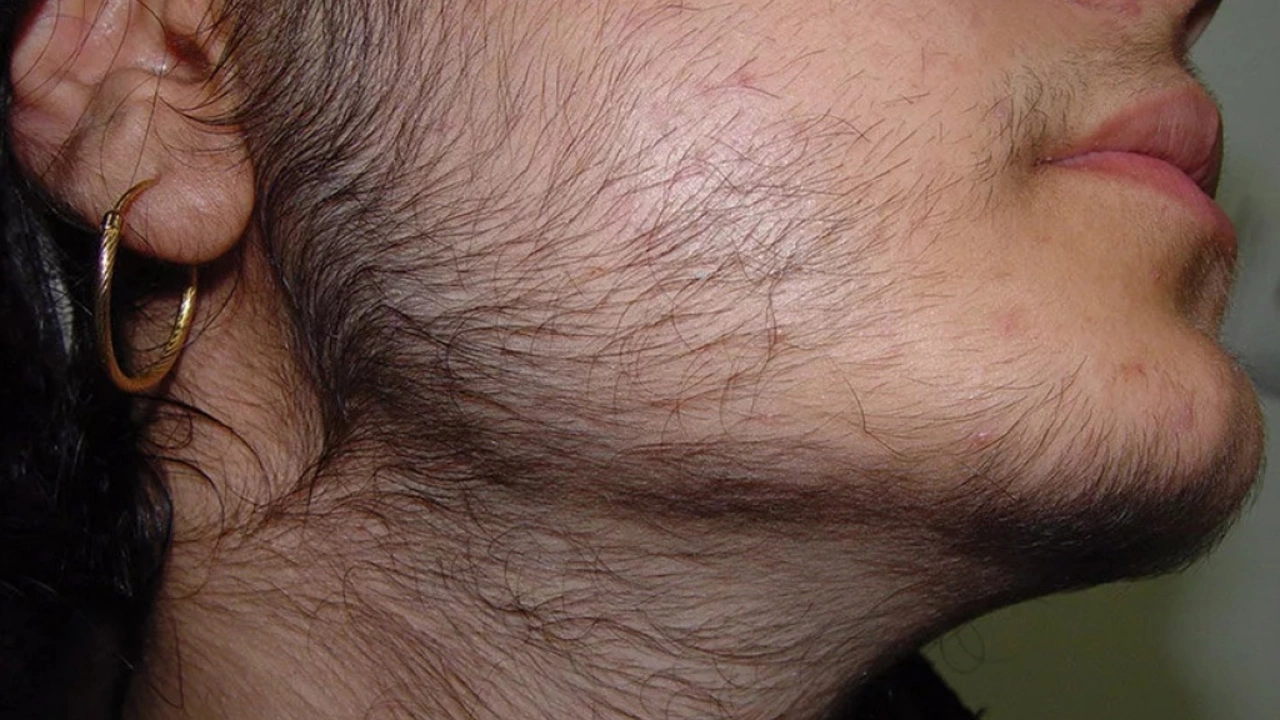Understanding Hirsutism: What It Is and Why It Happens
Ever noticed unwanted thick or dark hair growing where it shouldn’t, like on your face or chest? That’s hirsutism, and it’s more common than you might think. It happens mainly in women when the body produces more androgens—male hormones like testosterone—leading to excess hair in areas typically seen in men.
But it’s not just about hair; hirsutism can signal deeper issues like hormonal imbalances, polycystic ovary syndrome (PCOS), or other health conditions. Pinpointing the cause matters because the best treatment depends on what’s behind the hair growth.
What Causes Hirsutism?
The most frequent culprit is PCOS, which affects hormone levels and often brings along irregular periods, acne, and weight gain plus hirsutism. Sometimes medications, adrenal gland issues, or rare tumors can also trigger it. Even genetics play a role—if your mom or sister has it, you might too.
Managing and Treating Hirsutism
Good news: You don’t have to just live with it. Treatments range from simple to medical depending on severity and cause. Hair removal methods like waxing, shaving, and laser treatments can keep your skin clear. On the medical side, doctors might suggest hormone therapy or specific drugs like spironolactone that block androgen effects.
Diet and lifestyle changes can sometimes help too, especially if your hirsutism is linked to PCOS. Maintaining a healthy weight can reduce symptoms and improve hormone balance. If you’re unsure about what’s going on or how to treat it, talking to your healthcare provider is key—they can order tests to nail down the cause and guide you through your options.
Remember, while hirsutism can be frustrating, it’s a manageable condition. With the right approach, you can reduce unwanted hair and feel more confident in your skin. Don’t hesitate to get help and explore the best plan for you.

Hirsutism and Body Hair: A Historical Perspective
In today's blog post, we're taking a look at hirsutism and body hair from a historical perspective. It's fascinating to see how perceptions of body hair have shifted over time, with different societies and cultures placing their own values on hairiness. For example, ancient Egyptians and Romans were known to remove body hair, while in medieval Europe, hair was often seen as a sign of sensuality and fertility. In more recent history, the 20th century saw the rise of hair removal as a beauty standard, especially for women. Overall, our relationship with body hair has been shaped by a complex interplay of factors such as religion, social status, and beauty ideals.